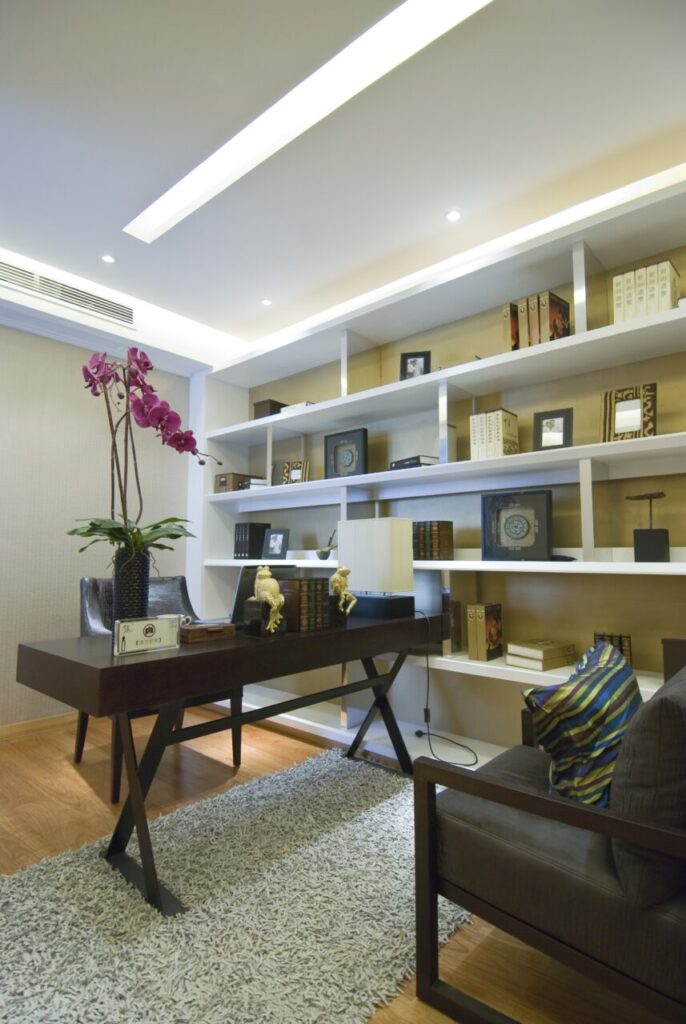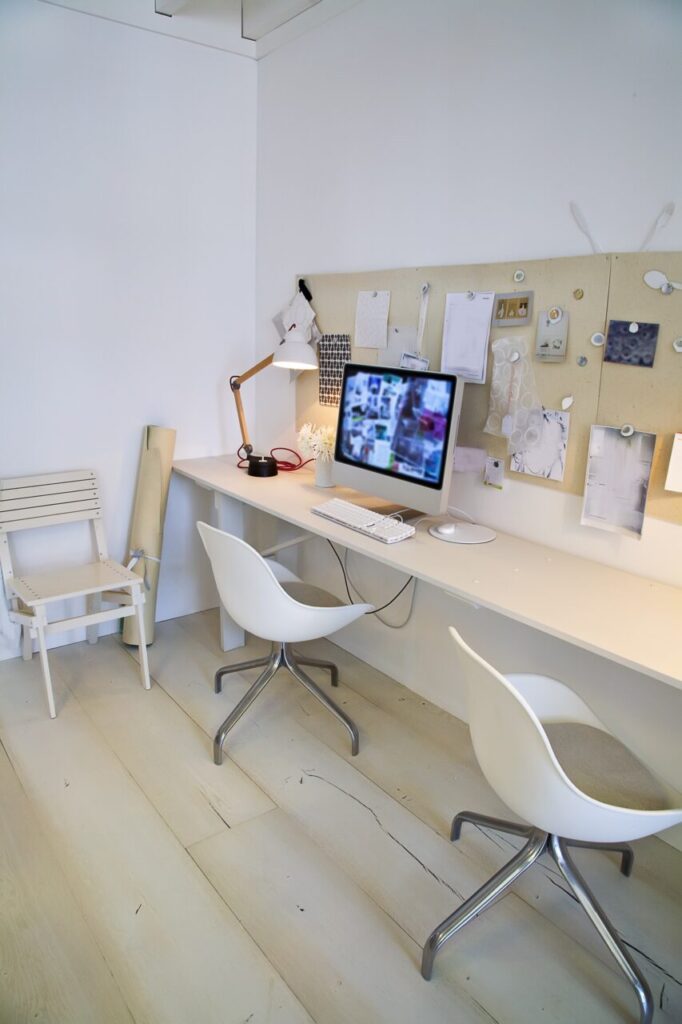Whether you’re a work-from-home veteran or a new initiate, building an inviting office space is vital to maintaining your productivity. For all those bringing the 9-to-5 into their humble abodes, here are eight home office essentials to make your workday run smoothly.
An online P.O. box
Working from home can be hectic, meaning that little errands like checking your P.O. box, slip through the cracks. You might tell yourself that you’ll check the mail tomorrow, and before you know it, you’ve missed out on vital documents and packages.
With a virtual P.O. box service from providers like iPostal1, entrepreneurs or solo professionals can check their P.O. box virtually without leaving the home office. It uses an actual street address to intercept and upload your mail to the client portal. From there, you can decide whether the employees forward, scan, shred, or store your mail, all from the comfort of your home.
Read More




